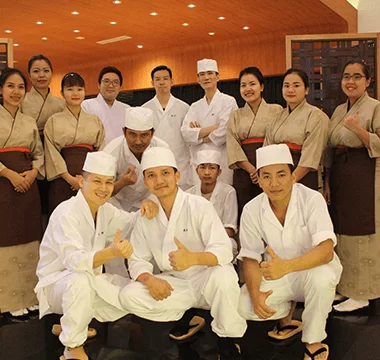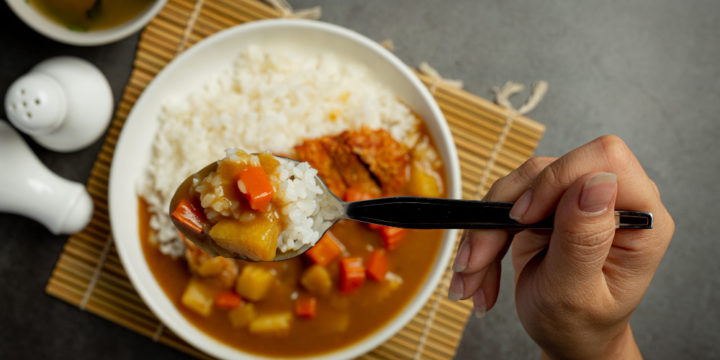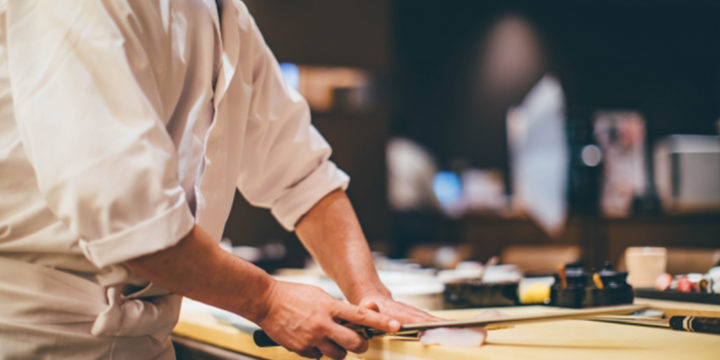10 Years Since Jiro Dreams of Sushi. How has the Sushi Industry Changed in the Last Decade?
It is more than 10 years since the documentary film titled Jiro Dreams of Sushi was released and left a strong impression on global sushi fans in 2011. This article will consider the film’s influence and legacy in the sushi industry around the world and show how the industry changed in the following decade.
1. What Is Jiro Dreams of Sushi?
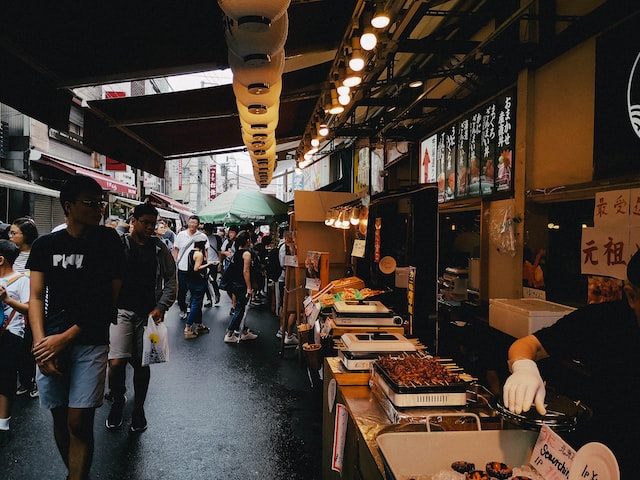

Sukiyabashi Jiro is a small sushi restaurant located in the basement of an office building in Ginza. It does not even have its own bathroom but has been highly acclaimed by world-renowned food aficionados. David Gelb, a young American film director, was fascinated with the craftsmanship and personality of the head chef, Jiro Ono. Gelb kept visiting the restaurant to film a documentary, and the chef was persuaded by the young director’s passion, despite their language barrier. Given permission to record the rare view of the backstage at the high-end, three-Michelin-star sushi restaurant, Jiro Dreams of Sushi is a very valuable resource.
The film features beautiful images of sushi and highlights Jiro Ono’s philosophy as a sushi artisan, who was already over 80 years old then, along with his relationships with two sons that followed their father’s professional path and his apprentices’ efforts to surpass their master. After being released in the United States in 2011, the documentary rapidly drew attention and was later streamed on Netflix to reach a global audience.
Many people learned about “omakase” and “Edomae sushi” through this film. Even after more than a decade since its release, the film still boasts its popularity as a bible for sushi lovers.
2. How Has the Sushi Industry Changed in the Last Decade?
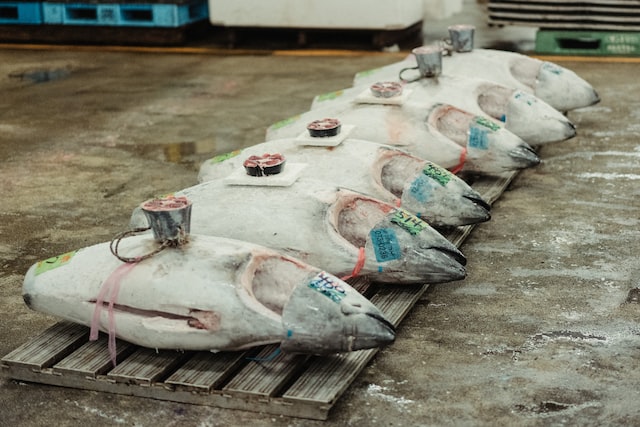

The film was released in 2011. After more than a decade, how did the sushi industry change from what was shown there?
First, because of the global Japanese food boom, the number of Japanese restaurants increased by five times: there were about 30,000 places in 2010, whereas there are 159,000 as of 2021.
After watching the documentary, food aficionados who wanted to try omakase or Edomae sushi came to Japan from around the world. As a result, it became more difficult to make a reservation at high-end sushi restaurants. Some people even attempted to secure a seat by staying at a prestigious hotel in Tokyo and asking for its concierge’s help. In 2016, an online booking site in Japan hosted an event that reserves all the seats at Sukiyabashi Jiro for one day. When the website opened the reservation page for only 8 seats, 1,300 applications flooded in from around the world.
In 2014, former Japanese Prime Minister Shinzo Abe invited then U.S. President Barack Obama for a dinner at Sukiyabashi Jiro. The restaurant appeared in a news story as Obama said he had the best sushi ever.
In the Michelin Guide Tokyo, Sukiyabashi Jiro had been awarded three stars every year, but it was dropped from the 2020 edition because of the difficulty for ordinary customers to make a reservation. Yet, the fact that it was not included in the Michelin Guide had a news value in itself. The story was reported by BBC or CNN and confirmed the restaurant’s fame throughout the world.
Then, how did the restaurant change from 2011?
Daisuke Nakazawa was featured in the documentary as an apprentice cooking 200 tamagoyaki (Japanese omelet) to be approved by Jiro. He opened Sushi Nakazawa in New York in 2013 and made it a very successful restaurant. Another apprentice in the documentary, Rei Masuda, opened Sushi Masuda in Aoyama in January 2014, which quickly earned two Michelin stars.
The documentary shows Jiro’s son, Yoshikazu Ono, going to the Tsukiji Market by bike, but it was closed in October 2018 due to the aging facilities. The market was moved to Toyosu, about 2 km away from Tsukiji.
One of the biggest concerns in the current sushi industry is the declining population of Pacific bluefin tuna, a central ingredient for omakase-style sushi. It is getting harder to obtain high-quality bluefin tuna for multiple reasons, such as overfishing due to the sushi boom and global warming.
In a 2018 interview by Japanese media, Jiro Ono said, “We used to find a lot of quality tuna at Tsukiji and all we needed to do was to pick what we liked, but it is not possible to shop like that anymore.” Yoshikazu agreed: “We have to select from what is available, so it is important to have techniques of enhancing the fish’s umami by letting it rest and age.”
We are entering the era when sushi chefs are more than ever expected to have the skill of maximizing the fish’s flavor as well as finding good-quality cuts.
After ten years from the documentary, people, the market, and ingredients all went through changes. Nevertheless, Jiro-san is still working as a chef and serving sushi for his customers. He turned 97 years old on October 27, 2022, and you can see him in a YouTube video. In the interview, he says his favorite sushi topping now is kohada (gizzard shad), a representative fish for Edomae sushi.
If you are interested in the sushi philosophy of Jiro Ono, the Sushi Legend who is still working at the age of 97, we highly recommend watching Jiro Dreams of Sushi!
3. What If I Have a Problem in Hiring?
“I do not know what my restaurant should feature to attract Japanese chefs.”
“I have an idea of the chefs I am looking for, but I do not know how to find them.”
“We tried to recruit on our own before without success, so we want to find a truly skillful chef this time.”
“Since no staff member speak Japanese, we want to entrust the whole task of hiring Japanese chefs to someone else.”
If you have a problem in recruiting Japanese chefs, feel free to contact us Washoku Agent!
- Looking for a Japanese Chef Who Can Create Vegan/Vegetarian Menu?
- What Is “Neo Izakaya,” Popular in Tokyo as an Instagrammable Spot?
Do you want to know more about Global Japanese Cuising Market?
If Yes, please submit this form and you will receive it by email.
on WhatsApp.



